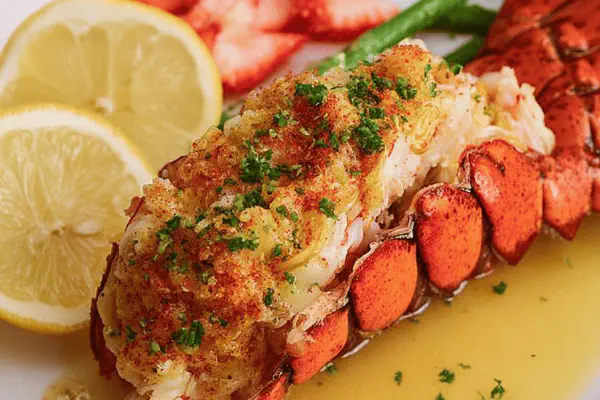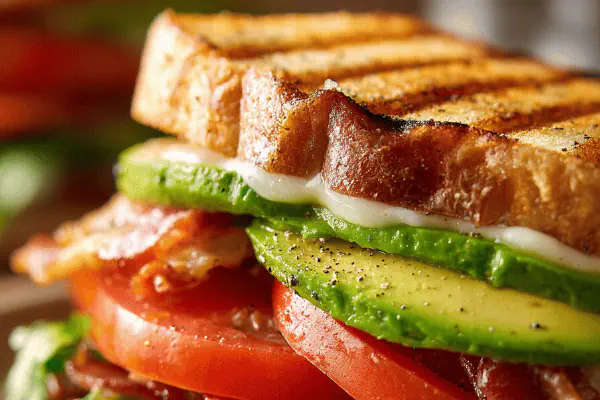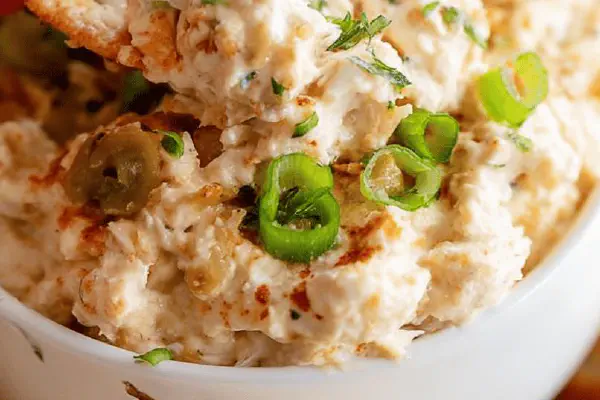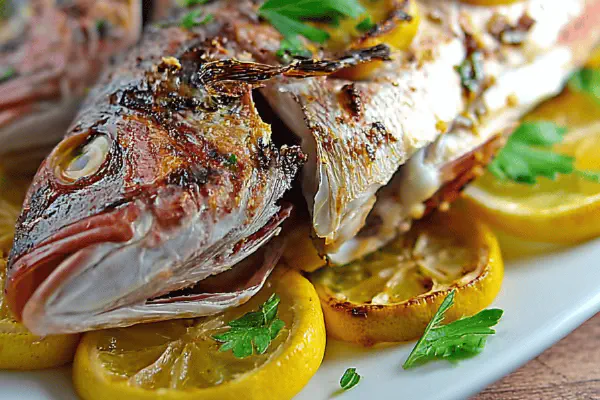Hot Lobster Rolls Reinvented
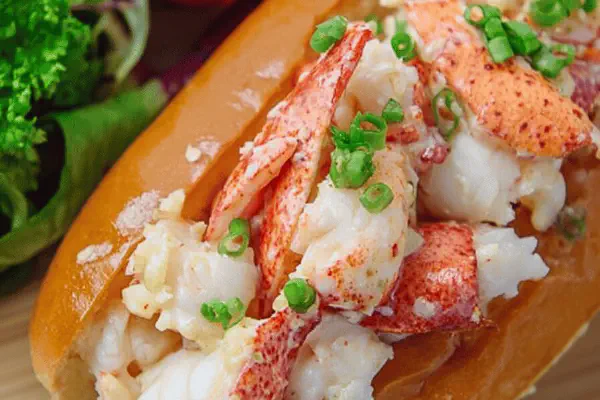
By Emma
Certified Culinary Professional
Ingredients
- 4 tablespoons unsalted butter or browned ghee
- 1 teaspoon finely grated lemon zest
- 8 ounces lobster meat, chopped (tail or claw preferred)
- 2 split-top hot dog buns or brioche rolls, toasted
- 2 teaspoons finely chopped fresh chives
- Pinch of smoked paprika (optional twist)
About the ingredients
Method
- Heat butter or ghee gently in a small pan until just melted and shimmering with tiny bubbles; do not brown unless you want nuttiness.
- Add lemon zest to melted butter; let it steep off heat a minute, releases oils, vibrant aroma.
- Toss chopped lobster meat into warm butter mixture immediately; stir carefully to coat each chunk without mushing. Watch lobster for slight warm blush—not hot steaming.
- Taste lobster bits to ensure warming, not cooking further. The butter must envelop lobsters, carry flavor.
- Toast buns thoroughly, medium golden with crunchy edges but still soft inside to hold juices.
- Pile buttered lobster into buns evenly. Sprinkle finely chopped fresh chives on top for sharp, fresh green bite.
- As twist, dust pinch of smoked paprika atop chives to add subtle smoky heat, unexpected depth.
- Serve immediately before buns absorb too much moisture and turn soggy; timing critical.
- Clean hands, napkins nearby; messy but worth it. The juicy butter slick on your fingers is part of the charm.
Cooking tips
Chef's notes
- 💡 Butter signals with tiny bubbles, soft shimmer—watch closely. Add lemon zest only off heat, helps oils release without burning. Heating times count, avoid bitterness from zest if hotter than needed. Resist browning unless ghee, then slight nuttiness okay. The mix shifts fast; work quick to add lobster chunks before butter cools. Toss gently—no mush. Texture key here, firm but tender shellfish wins over shredded mush every time.
- 💡 Toast buns medium golden, listen for crunch when tapped. Too pale means sog waiting to happen. Too dark, brittle crust, no good. Textural balance: crispy shell but soft inside to absorb juices. Hot buns also prevent quick cooling. Assemble fast after toasting; lobster warmth must linger. Chives chop fine, sprinkle last: fresh green pops before wilting. Smoke paprika? Use light hand. Too much steals focus, but tiny pinch adds earth underlayers well.
- 💡 Lobster meat preferably claw or tail, chunks bite better than shredded. Claw adds chew contrast, tail softer. Regardless, chunks should stay intact not fall apart. Watch lobster warm blush, slight give under finger—no steam rising. Steam means overheat, rubber shellfish guaranteed. Heat lowers marine sweetness; quick gentle toss is better than cooking through. If no lobster, firm cooked shrimp emergency swap with lower silk factor, but still good for texture. Better than mush or cold mayo versions.
- 💡 Butter alternatives: browned ghee lends nuttiness, suits darker flavor profile. Garlic oil swaps butter sweetness for punch but shifts overall tone. Unsalted fats keep salt control. Lemon zest brings citrus oils without diluting fat; juice floods bread, sogs fast. Pay close attention to visual and aroma cues during cooking stages. If you smell burnt zest sharp or butter smells acrid, lower heat or remove pan. Moments matter here, sensory feedback beats timer every time.
- 💡 Hands ready for mess; juiciest lobster rolls get sloppy. Napkins critical. Butter clings fingers, lemon aroma lingers. Clean lobster chunks by hand gives control on size; shell pieces mean bad chew. Timing critical: serve immediately. Lobster warm but not steaming, buns crisp still. Juices drip into bread fast, killing crunch if wait too long. Patience in assembly, urgency in eating.
- 💡 faq
Common questions
How to avoid rubbery lobster?
Key is gentle heat. Lobster must warm, slight blush only. No steam; steam kills texture, makes rubbery shell. Toss fast in warm butter, coat not cook. Observe lobster softness with finger rather than time. If unsure, reduce pan heat, remove momentarily. Better cold than rubbery.
Any good butter substitutes?
Browned ghee adds nuttiness, more robust flavor. Garlic oil swaps sweetness for punch but watch heat carefully. Unsalted versions? Yes, important to control salt. Avoid heavy oils that overpower lobster. Swap depends on mood, daily ingredient stash. Try and observe aroma changes, texture in mouth.
What if buns get soggy fast?
Toast thorough crisp edges to repel moisture. Use split-top or brioche with higher crumb density. Serve right away; don't let lobster juices soak bread. If sog appears, re-toast quickly or add more crunch with toasted breadcrumbs inside. Toasting key barrier against sog, no shortcuts.
Can I store leftovers?
Store lobster meat chilled separately, keeps firm. Avoid assembling early; buns go sog fast. Reheat lobster gently off direct heat to avoid rubberiness. If sandwich made, wrap tightly in foil, minor moisture loss but okay. Eat leftovers within a day. Frozen lobster rolls lose texture fast, skip freezing.
